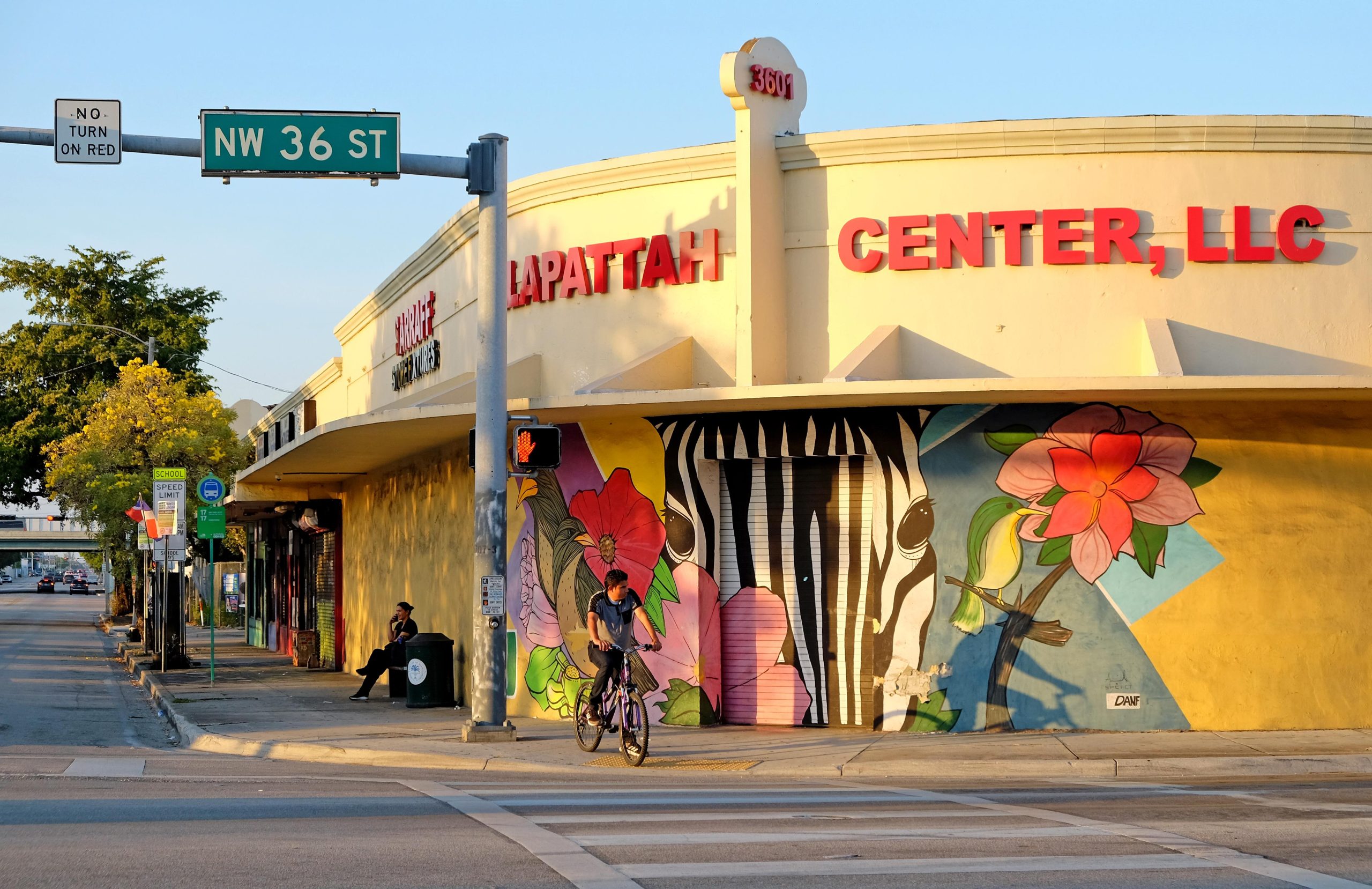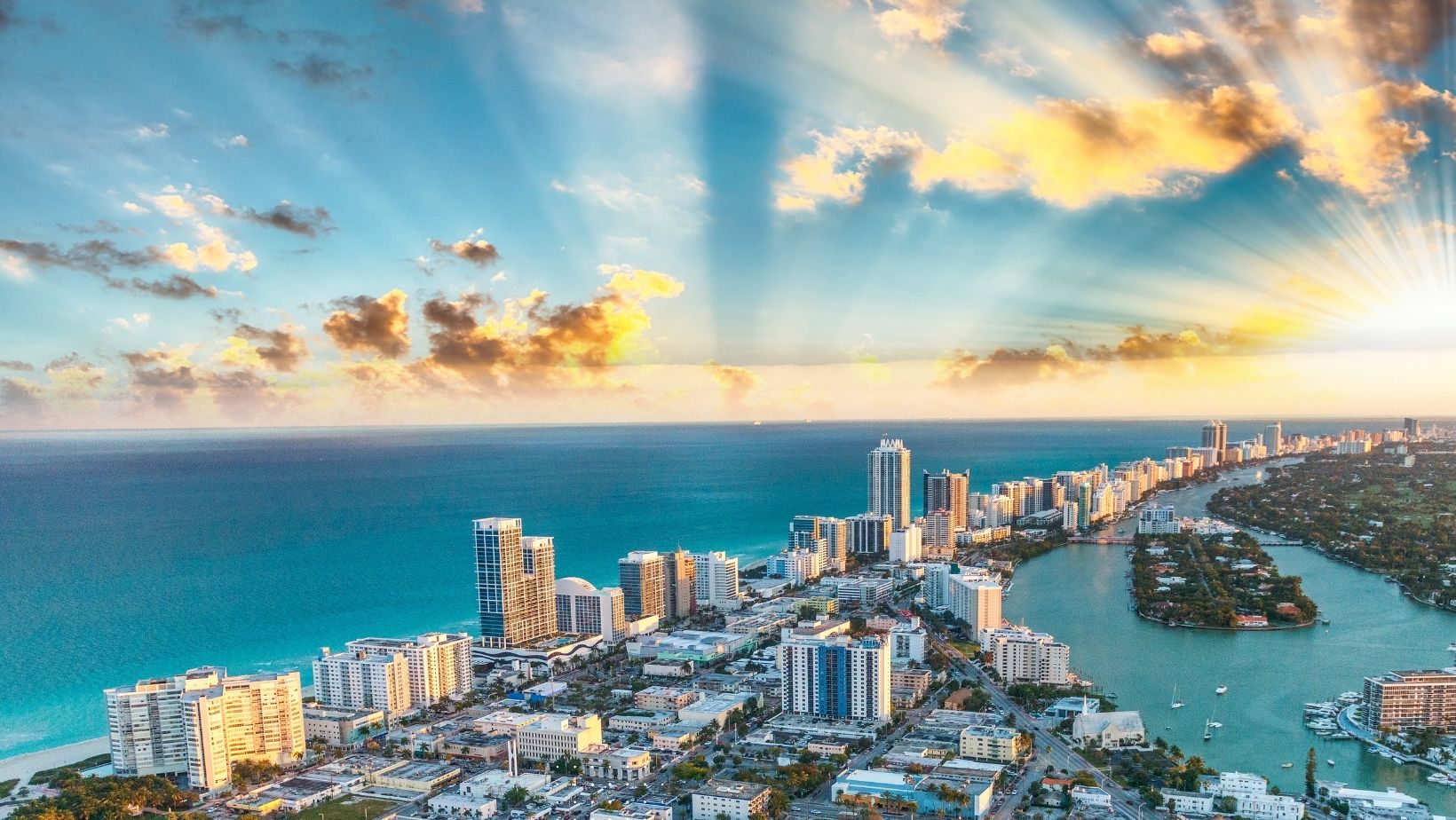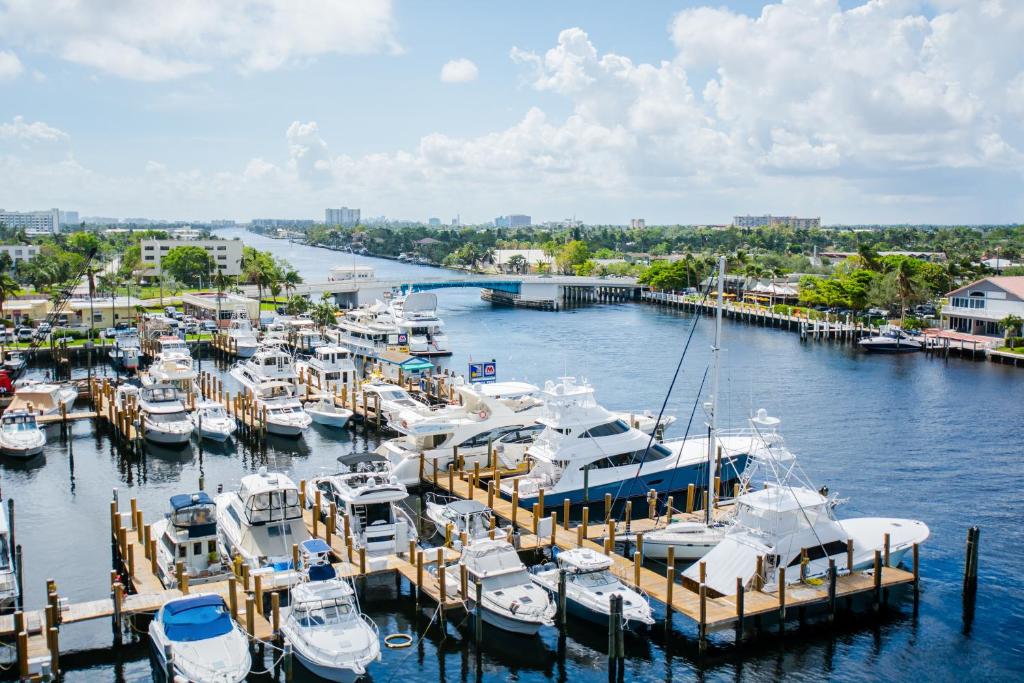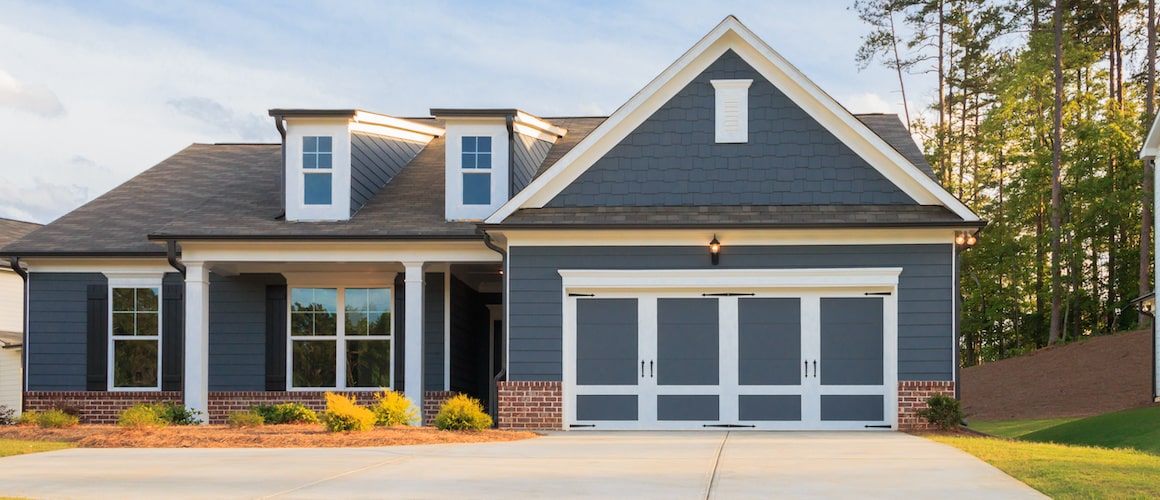Miami Real Estate Veterans Unveil Ambitious 400-Unit Live Local Act Development in Allapattah
Respected Miami Brokers Tap into Live Local Act for New Allapattah Housing Project
In a significant development for Miami's rapidly evolving Allapattah neighborhood, seasoned commercial real estate professionals Lyle Stern and Kerry Newman have unveiled plans for a substantial mixed-income residential project leveraging Florida's Live Local Act. The proposed 24-story development would bring 400 residential units to a 1.2-acre site at 2186 Northwest 13th Avenue and 1330-1342 Northwest 22nd Street, according to documents submitted to city officials.
The project represents a personal venture for Stern and Newman, principals at Miami Beach-based Vertical Real Estate, who are pursuing this development independently from their brokerage firm. Their proposal is scheduled for review by the Miami Urban Development Review Board this week, marking a crucial step in the approval process.
Architectural Innovation and Affordable Housing Components
Designed by Built Form Architecture, the development showcases a commitment to addressing Miami's housing affordability challenges. In accordance with Live Local Act requirements, 160 units (40% of the total) will be designated for households earning no more than 120% of the area median income, ensuring accessibility for middle-income residents who often struggle in Miami's expensive housing market.
A distinctive feature of the proposal includes approximately 40 micro-units ranging from 275 to 399 square feet. The developers are specifically requesting a warrant to incorporate these compact living spaces, which are permitted under city code for properties near public transportation hubs. The development's proximity to the Santa Clara Metrorail station makes it an ideal candidate for this transit-oriented housing model, which has gained popularity in dense urban environments across the country.
Strategic Property Development by Industry Veterans
This project marks a new chapter for Stern, who has been a prominent figure in South Florida's commercial real estate landscape for decades. In 2023, he established Vertical Real Estate after ending a 30-year partnership with Bruce Koniver at their eponymous brokerage Koniver Stern. His partner in this venture, Kerry Newman, brings complementary expertise to the table.
Both brokers have individually developed retail and warehouse projects previously, with Stern noting that they also collaborated on a retail building in Miami Beach. If approved, this Live Local development would represent their inaugural joint residential project—a significant milestone in their professional relationship.
"We are just increasing our options," Newman explained regarding their strategic decision to entitle the property. "Down the road, either we will develop it or sell the land to another developer."
Financial Strategy and Market Positioning
The site, acquired by Stern and Newman for $5.3 million through two separate transactions in 2016, currently houses warehouses with industrial tenants. This existing income stream provides the developers with flexibility regarding project timing, with Newman indicating they might maintain current operations if market conditions warrant.
The financial viability of the project is significantly enhanced by the Live Local Act's provisions, which not only permit higher density development than typically allowed under existing zoning regulations but also offer valuable property tax exemptions. This legislative framework, implemented in 2023 and refined last year, has catalyzed numerous similar proposals throughout South Florida as developers and landowners recognize its potential to transform underutilized properties.
Miami's Growing Live Local Act Development Pipeline
The Stern-Newman proposal joins an increasingly crowded field of Live Local Act developments across Miami-Dade County. Notable among these is former Major League Baseball player Alex Guerrero's ambitious 41-story, 234-unit tower planned for Wynwood Norte, between Northwest Third and Fifth avenues, south of Northwest 37th Street—a project also scheduled for review by the Urban Development Review Board.
Additionally, Russell Galbut's GFO Investments has proposed a 410-unit Live Local development featuring 19-story and 16-story residential buildings at 7350 Coral Way in unincorporated Miami-Dade County. This project distinguishes itself with an included seven-story medical office building that will be occupied by development partner Dr. Jorge Perez, a specialist in neonatology and neonatal medicine, along with his medical team.
The Pérez family's Related Group, one of South Florida's most prolific developers, has been particularly active in utilizing the Live Local Act framework. Their collaboration with the Toledano family's BH Group and Pebb Enterprises has yielded plans for The Quay—a striking 33-story tower with 521 apartments at 1515 Southeast 17th Street in Fort Lauderdale—further demonstrating the regional impact of this legislative initiative.
Expert Insights on Live Local Act Developments
How is the Live Local Act transforming Miami's real estate landscape?
The Live Local Act represents one of the most significant shifts in Florida's development regulations in recent years. By incentivizing affordable and workforce housing through density bonuses and tax benefits, the legislation has created unprecedented opportunities for developers to address housing shortages while maintaining project profitability. The surge in applications across Miami-Dade County indicates that the market has responded enthusiastically to these incentives.
Are micro-units a viable solution to Miami's housing affordability crisis?
Micro-units offer an innovative approach to housing affordability, particularly in transit-accessible locations. While their compact size (under 400 square feet) isn't suitable for all demographics, they provide efficient, lower-cost options for young professionals, students, and individuals seeking urban lifestyles without the premium price tag. The inclusion of approximately 40 such units in the Allapattah project demonstrates growing market confidence in this housing typology.
Does entitling properties under the Live Local Act without immediate development plans represent a trend?
Many property owners are pursuing entitlements under the Live Local Act as a value-enhancement strategy, even without firm development timelines. This approach effectively creates "shovel-ready" sites with approved density bonuses and tax advantages that can command premium prices from dedicated developers. This trend reflects the real estate market's adaptation to legislative opportunities and represents a legitimate strategy for maximizing asset values in the current regulatory environment.
How might the concentration of Live Local projects impact neighborhood demographics?
The requirement that 40% of units be reserved for households earning up to 120% of area median income ensures that these developments contribute to economic diversity within neighborhoods. In rapidly appreciating areas like Allapattah, this could help preserve socioeconomic diversity that might otherwise be lost to gentrification pressures. The long-term impacts will depend on numerous factors, including the ultimate tenant mix, community integration efforts, and complementary investments in neighborhood infrastructure and services.
What factors will determine whether entitled Live Local projects actually get built?
While entitlement adds significant value to properties, the transition from approved plans to completed buildings depends on multiple factors including construction financing availability, interest rate environments, building material costs, labor availability, and projected rental rate growth. The coming 24-36 months will reveal which entitled projects proceed to development and which remain as valuable entitled land positions awaiting optimal market conditions.













